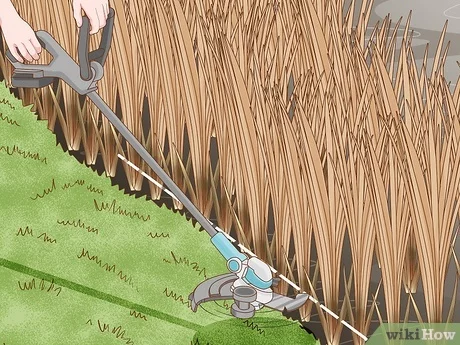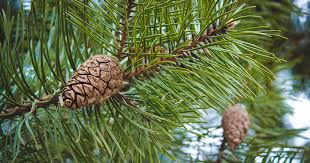How to Get Rid of Cattails: 6 Steps

Cattails are tall, grass-like plants commonly found in wetlands, near ponds, and along the banks of rivers or lakes. While they can add a touch of natural beauty to such landscapes, they might also become an invasive species when left unchecked, resulting in the choking of water bodies and disruption of aquatic life. If you find yourself dealing with an overgrowth of cattails on your property, follow these six steps to get rid of them effectively.
1. Identification
Before you can eliminate cattails from your land, it’s important to be able to identify them. Cattails have long, flat leaves and a characteristic cigar-shaped brown head. The head is made up of tiny flowers that eventually release seeds, causing the plant to multiply quickly.
2. Timing
The best time to remove cattails is during late spring or early summer when they’re actively growing. This is when cattail plants are easier to spot and pull out from the ground. Attempting to get rid of them during winter or early spring might prove difficult due to their dormant state.
3. Pulling by Hand
For small patches of cattails, you can try pulling them out by hand. Grasp the plant’s base firmly and twist it gently as you pull up, which will help dislodge its roots from the soil. Make sure you wear gloves for better grip and protection against potential irritants.
4. Digging Out
In case hand pulling doesn’t prove effective, opt for digging out cattails using a shovel or a garden fork. This method is particularly useful for larger patches where the roots are more entrenched in the soil. Dig carefully in a circle around each plant to avoid damaging surrounding vegetation and carefully remove the entire root system.
5. Herbicide Application
If manual removal methods do not yield desired results, consider using herbicides with active ingredients such as glyphosate or imazapyr. However, use caution when applying these chemicals and always follow the manufacturer’s instructions carefully. Only utilize aquatic-approved herbicides that are safe for use in or near water bodies, and avoid over-spraying to minimize harm to non-target plants, animals, and aquatic life.
6. Preventative Measures
After successfully removing cattails, take precautions to prevent their regrowth. Avoid over-watering your property, maintain proper drainage systems to limit standing water, and establish a buffer of native plants around your pond or water body that can outcompete cattails for resources.
In conclusion, getting rid of cattails may require a combination of manual and chemical strategies, along with ongoing monitoring and preventive measures. By following the six steps mentioned above, you’ll be well on your way to restoring balance in your aquatic ecosystem and preserving the natural beauty of your property.






